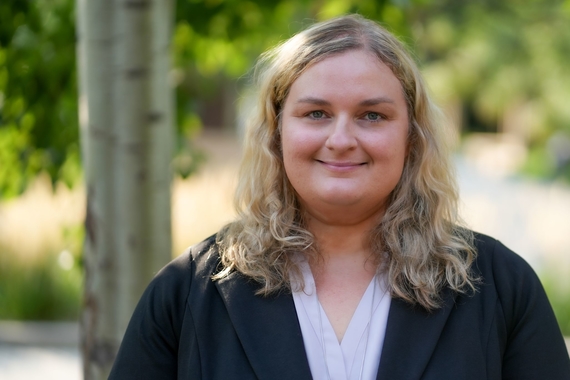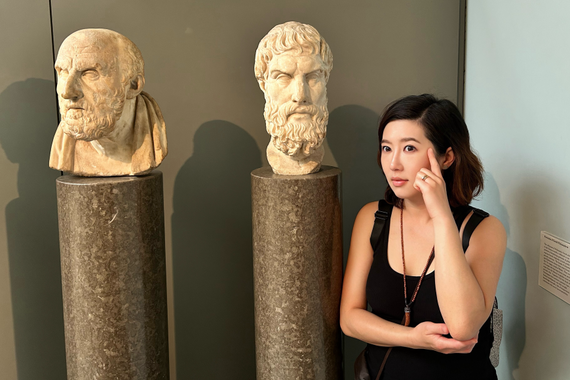Who are University of Minnesota Arabic Students?
The goal of the Proficiency Assessment for Curricular Enhancement (PACE) project, which collected second language proficiency test data between 2014 and 2017, was to learn more about second language learners at the University of Minnesota and what methods and experiences are effective in helping them improve their proficiency in a second language. In an effort to share some insights from the PACE data, the Language Center is publishing the first in a series of short articles that will highlight some of the findings of PACE researchers. We hope that these articles will provide information useful to instructors today.
Today’s Question: Who enrolls in Arabic courses at the University of Minnesota?
Given the fact that there are few Arabic high school programs, we expect that few students enrolled in Arabic courses at the university have studied the target language before arriving on campus. On the other hand, we might expect a large contingent of so-called heritage learners to enroll in these language programs.
What the PACE data show, however, is that most students taking Arabic during the time period of the project were “true beginners,” that is, students who do not identify as heritage learners, did not study the target language in high school, and who began their study of the language with the first course offered in the language program’s sequence (ARAB 1101).
The table below shows the number of Arabic learners who identified themselves as heritage learners by responding positively to either of the following questions on the PACE Survey:
- Did you speak Arabic in your home while growing up?
- Was Arabic spoken in your home while you were growing up?
In addition, students were asked to indicate whether they had studied Arabic previously in school.
Here are the results:
| # of Students | Percentage | ||
|
22 | 9% | |
| NO previous study, YES heritage learner | 19 | 8% | |
| YES previous study, YES heritage learner | 5 | 2% | |
| NEITHER previous study, NOR heritage learner (AKA true beginner) | 191 | 81% |
Why is it useful to know that most Arabic students begin their language study at the University of Minnesota? Knowing this means that language proficiency test result data, like the information gathered from the PACE project, can tell us something about the language development that occurred as a result of the students’ class and class-affiliated experience.
Interested in learning more? Please send any questions or comments to PACE project data analyst Carter Griffith at grif0050@umn.edu.


